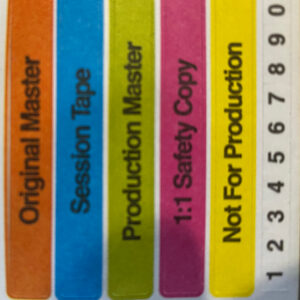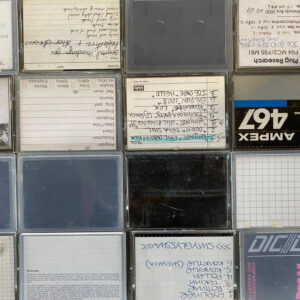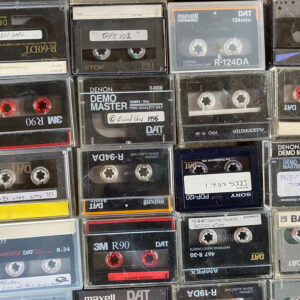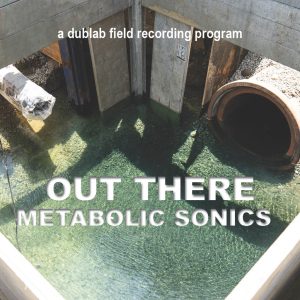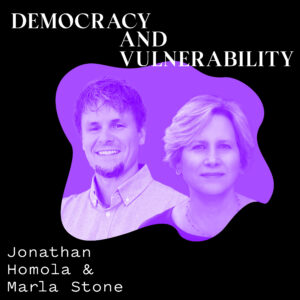DEEP ROUTES Episode 8: Cumbia Sonidera on Broadway
05.08.23
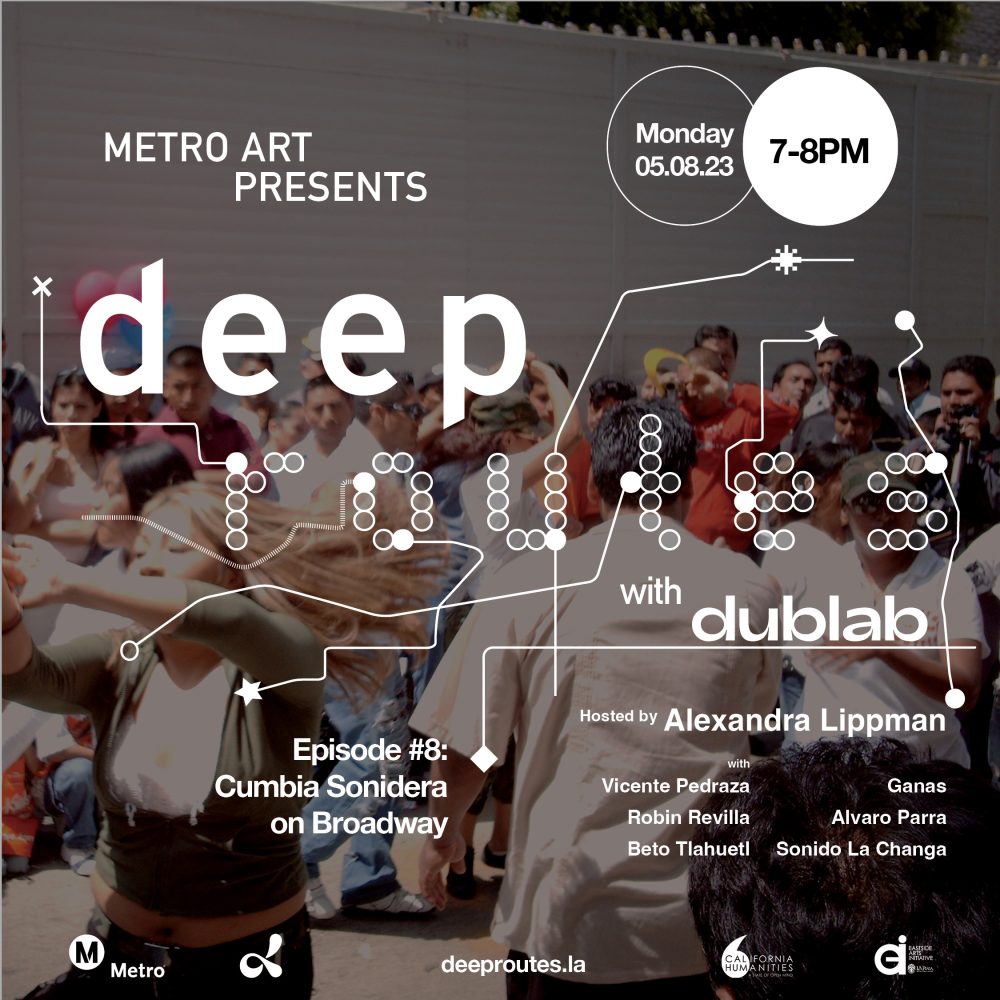
In this episode of Deep Routes, Alexandra Lippman explores the transnational border-crossing hits of cumbia sonidera that exploded out from Downtown Los Angeles’ Broadway Corridor to the world.
From the early 2000s through the 2010s, the cumbia sonidera music industry was booming in Los Angeles. Two independent labels Discos El Papi and Discos Barba Azul—each located on Broadway—became hubs of cumbia sonidera, releasing albums by bands including Grupo Kual?, Grupo Soñador, Grupo Ju-Juy, Estrellas de la Kumbia, and Grupo Maravilla. These humble-looking CD shops were musical powerhouses, shaping the contemporary sound of cumbia sonidera throughout the Mexican diaspora.
Thousands of recordings by groups from as far apart as Puebla, New York City, and Buenos Aires were released on CD, right in downtown Los Angeles. Sonideros (cumbia DJs) played these at bailes (dances), popularizing the songs with dancers who sought out CDs at swap meets throughout California, street markets in Mexico, and Mexican music stores throughout the US.
Musicians from Mexico City and Puebla performed at venues like Leonardo’s in South LA and the Hollywood Palladium (where Sonido La Changa’s sold-out performance caused a riot in 1992). At the annual street party Fiesta Broadway, sonideros and fans gathered from across the country to dance an imaginary Mexico into the streets of Los Angeles.
Cumbia sonidera traces personal histories of immigration in sound. At bailes, sonideros read fans’ saludos (shout-outs) to their absent family and friends. These dedications, dubbed on top of popular cumbias, reverberate in the ears and bodies of cumbia listeners, amplified through powerful sound systems. Then saludos became tactile and mobile as recordings of the bailes travel in different media: first on cassette in the 90s, then CDs in the early 2000s, and now Facebook Live, WhatsApp and other streaming platforms.
By the early 2010s both Discos El Papi and Discos Barba Azul had been shuttered, forced out of downtown LA by rampant gentrification and the rise of music piracy and digital media. While Vicente Pedraza remained in LA and now runs a market stand in Santee Alley selling curios, Robin and Moises Revilla moved to Ohio, pivoting their labels to focus on streaming.
In this episode of Deep Routes, you’ll hear all of this firsthand, in interviews with the creators and researchers of Los Angeles’ cumbia sonidera scene: Beto Tlahuetl from Grupo Soñador, Robin Revilla of Revilla Records and Discos El Papi, Vicente Pedraza of Discos Barba Azul, artist and DJ Gary “Ganas” Garay, filmmaker Alvaro Para and Juan Antonio Cuellar of the Arhoolie Foundation Frontera Collection. Listen in for the fascinating sound story of cumbia on Broadway, in the voices of DJs, fans, dancers, and others that shout the local musical history of Los Angeles into the cumbiasphere!
Links below for more info on this episode’s contributors:
Deep Routes is a radio series produced by dublab in partnership with Metro Art and with support from California Humanities and the Eastside Arts Initiative. Deep Routes explores the music histories embedded in the Los Angeles landscape and the transit topographies that connect them. You will hear interconnecting dialog from different music scenes, themes of identity, and civic themes that correspond to LA neighborhoods, featuring in-depth interviews with local artists, business owners, and community leaders. Fundamentally we aim to identify lesser told oral histories, and the ingredients required to allow musical cultures to prosper.
Ride Metro to discover more of LA’s diverse sonic cultures. Visit – art.metro.net
This program was made possible through support from the Eastside Arts Initiative and California Humanities, a non-profit partner of the National Endowment for the Humanities. Visit California Humanities website for more info at: calhum.org.
